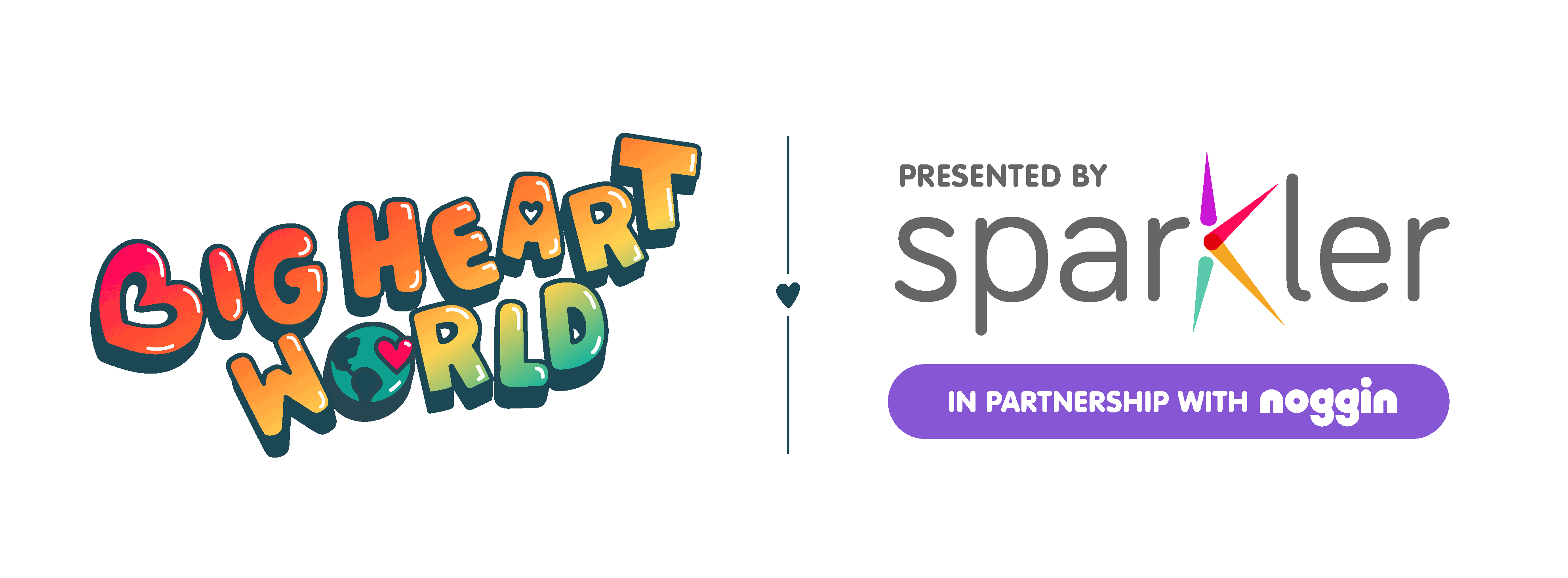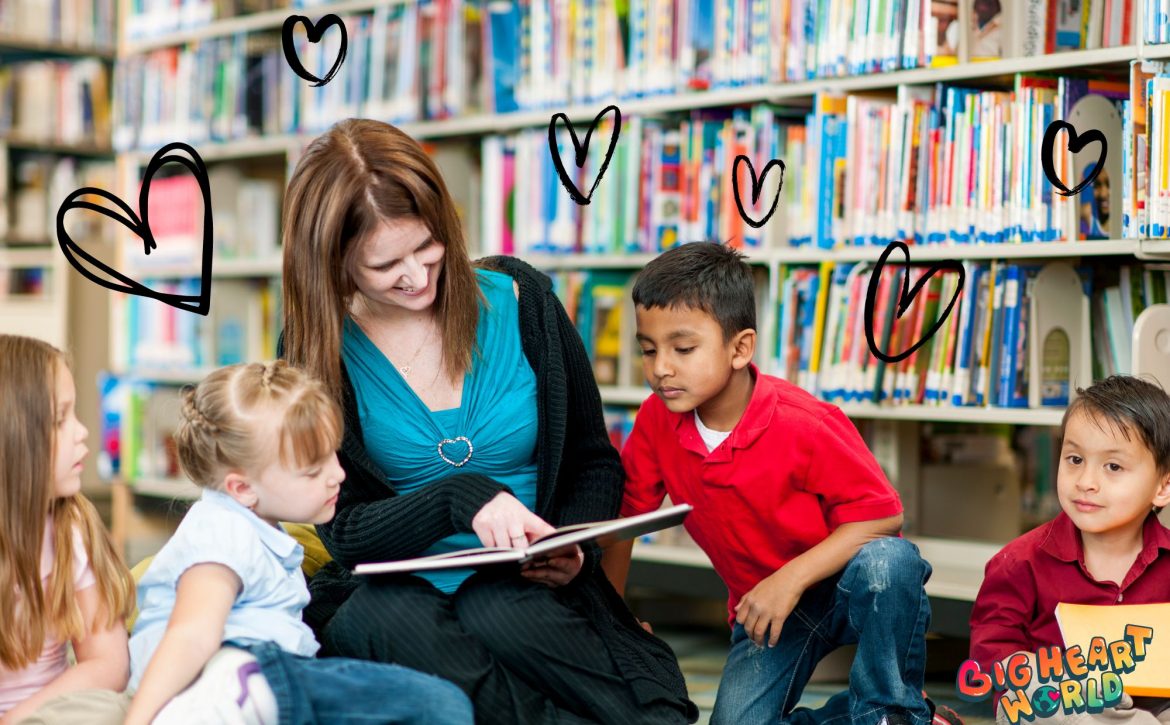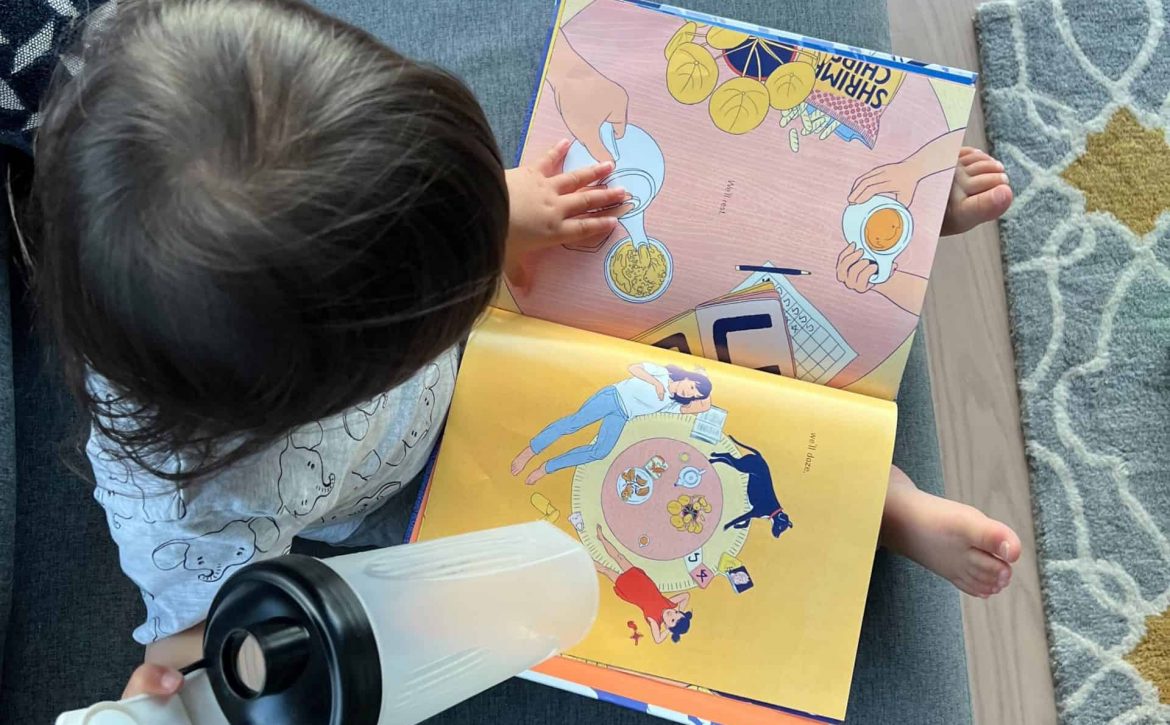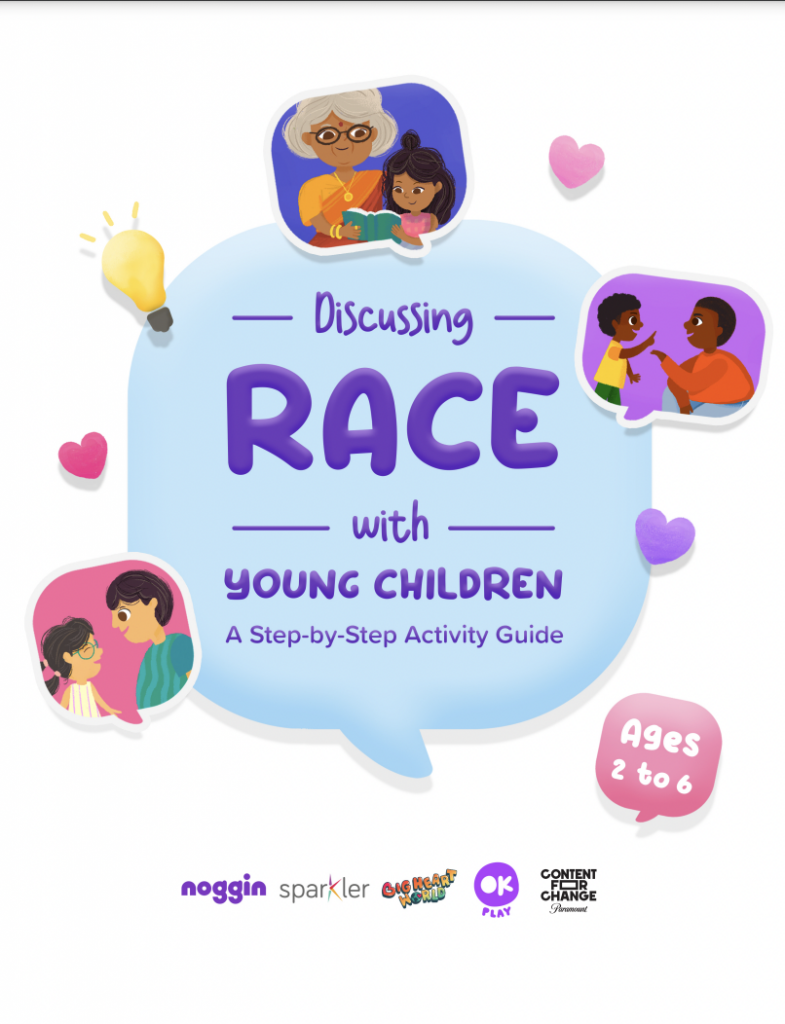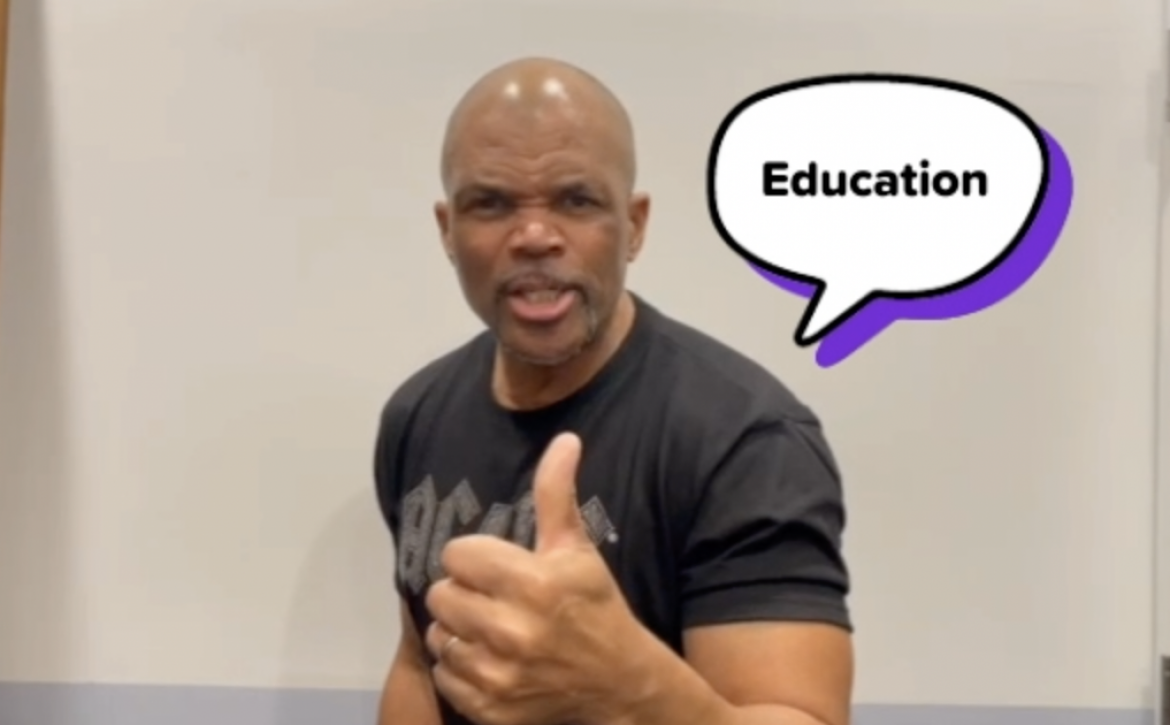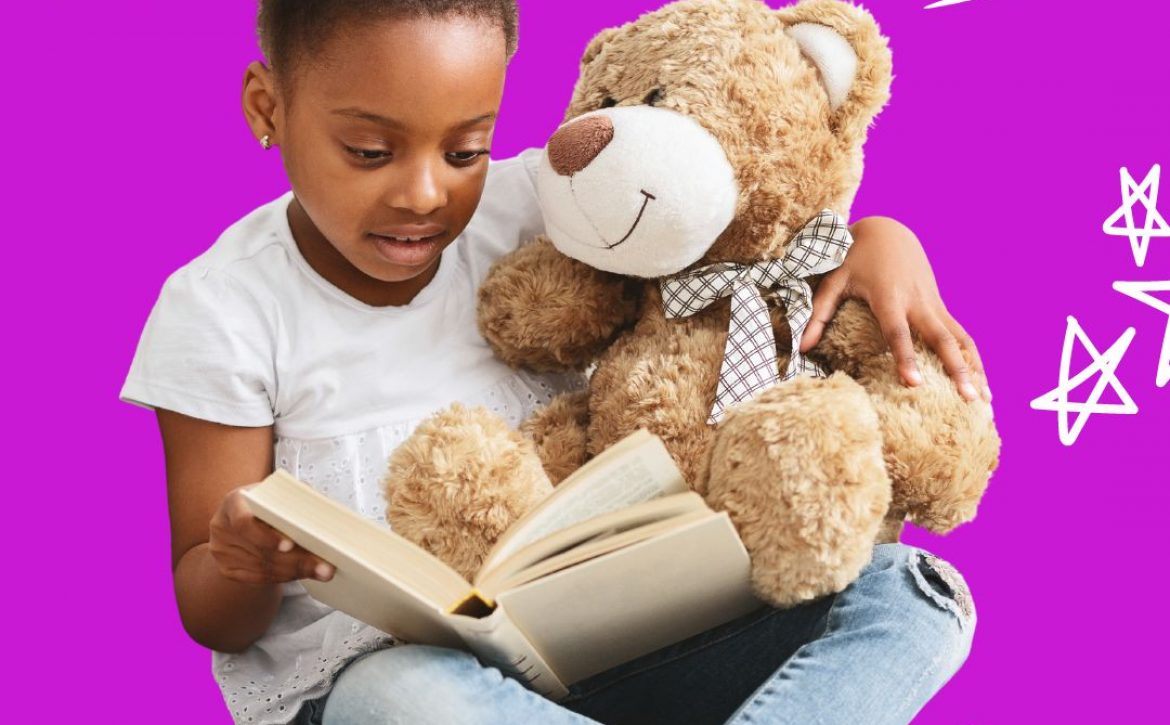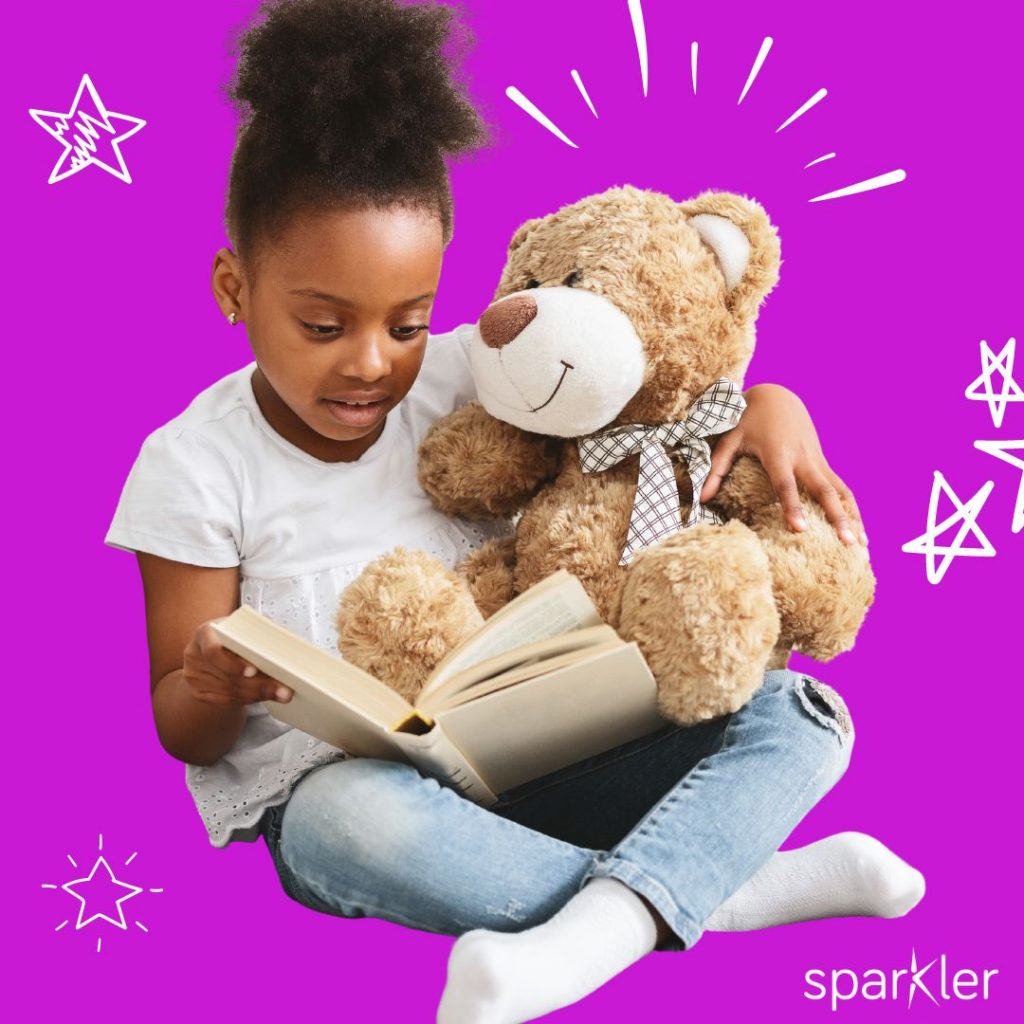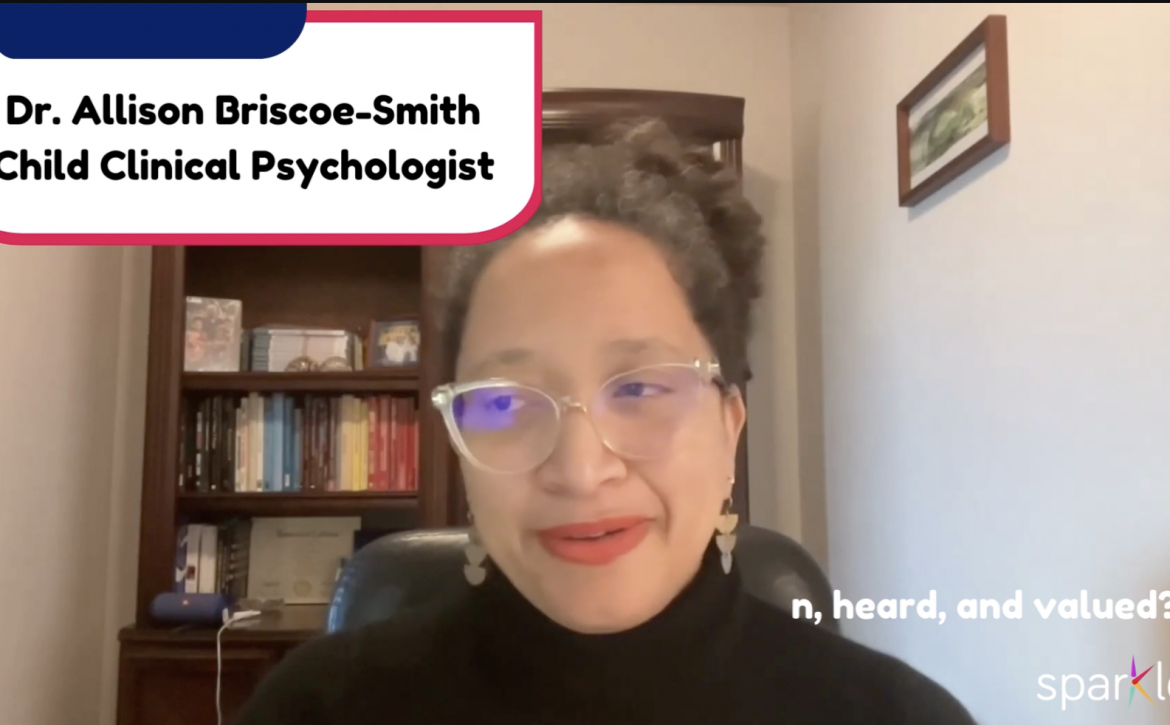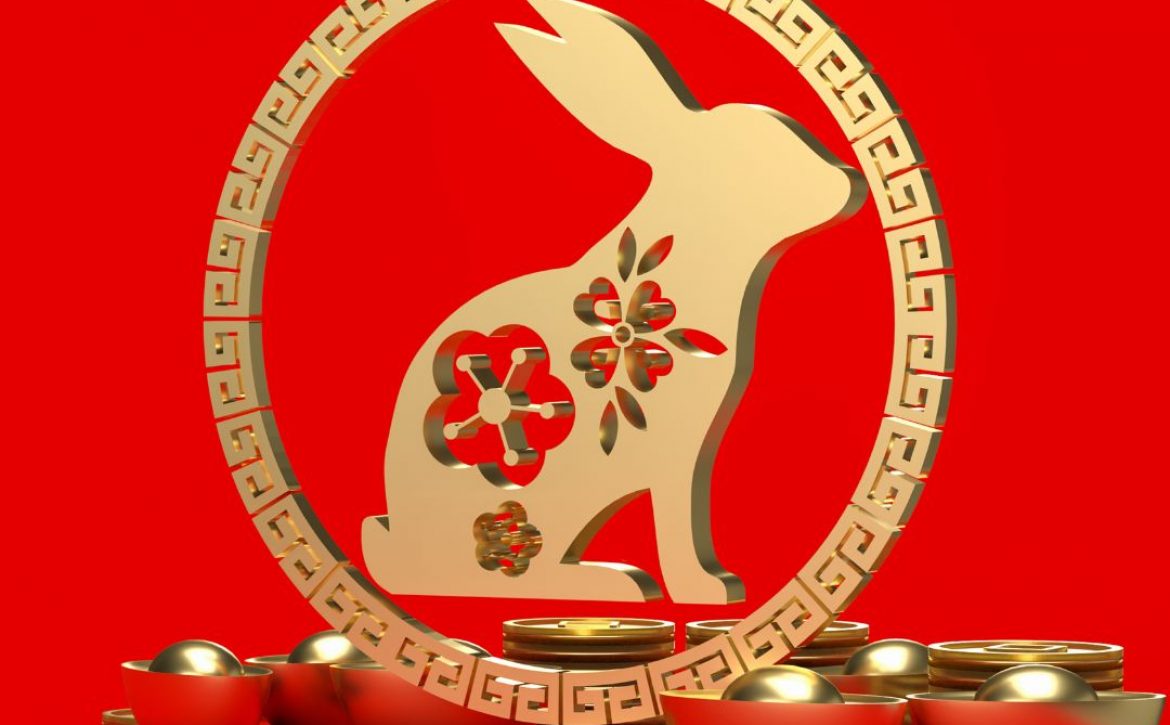Big Heart Books for National Library Week
Social and emotional learning is essential for children’s overall well-being and success in life. One of the best ways to foster these skills is through reading.
This week, in honor of National Library Week, we’re suggesting a list of children’s books that can help parents, caregivers, and educators grow kids’ big hearts — helping them understand feelings; identity and belonging; friendship; empathy; and more.
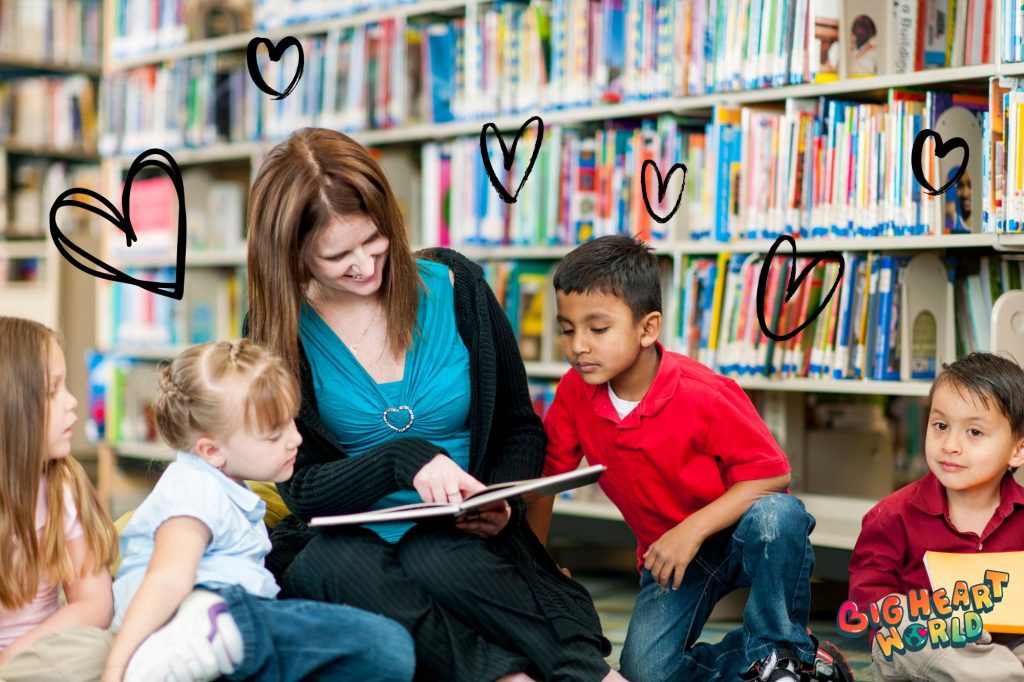
10 Big Hearted Books to Grow Big Hearted Kids
1. “The Feelings Book” by Todd Parr
This book is a great introduction to emotions for young children. It covers a range of feelings, from happy and sad to mad and scared, and helps children understand that it’s okay to have different emotions. The book also includes tips for dealing with feelings and encourages children to talk to trusted adults about their emotions.
2. “All Are Welcome” by Alexandra Penfold and Suzanne Kaufman
“All Are Welcome” is a picture book that celebrates diversity and inclusivity. It encourages children to embrace differences and shows how everyone is welcome in a community. This book is great for developing a sense of belonging and understanding that everyone is different and unique in their own way.
3. “The Invisible Boy” by Trudy Ludwig
“The Invisible Boy” is a story about a boy who feels invisible at school. He’s overlooked by his peers and teachers, but he makes a friend who sees him and includes him in their activities. This book is excellent for teaching children empathy and the importance of inclusivity and kindness.
4. “The Name Jar” by Yangsook Choi
“The Name Jar” is a story about a young girl who moves to America and is embarrassed by her Korean name. She decides to choose a new name but changes her mind when her classmates help her understand the importance of her name and identity. This book is excellent for teaching children about identity and acceptance of themselves and others.
5. “I Walk With Vanessa” by Kerascoët
“I Walk with Vanessa” is a wordless picture book about a young girl who helps a new student who is being bullied. The book shows the power of kindness and empathy and how one person can make a difference. This book is great for teaching children about empathy and standing up for what’s right.
6. “I Am Enough” by Grace Byers
“I Am Enough” is a beautiful book that celebrates self-love and self-acceptance. It encourages children to love and accept themselves just the way they are, and it teaches them that they are enough, no matter what. This book is great for teaching children about self-esteem, self-worth, and self-acceptance.
7. “The Rabbit Listened” by Cori Doerrfeld
“The Rabbit Listened” is a heartwarming book about a young boy who is upset and doesn’t know what to do. Different animals try to help him, but it’s the rabbit who listens quietly and understands what he needs. This book is great for teaching children about empathy, active listening, and the importance of being there for others. It shows how sometimes the best thing we can do is to listen and be present for those who are struggling.
8. “My Mouth is a Volcano!” by Julia Cook
“My Mouth is a Volcano!” is a fun and engaging book that teaches children about self-control and managing their emotions. It shows how sometimes we need to wait for the right time to speak, and it provides strategies for controlling impulses and calming down. This book is great for teaching children about self-regulation and emotional management.
9. “Strictly No Elephants” by Lisa Mantchev
“Strictly No Elephants” is a heartwarming story about a boy and his pet elephant who are excluded from a pet club because of their differences. It’s a great book for teaching children about inclusivity, empathy, and the importance of celebrating differences. It shows how friendships can form despite differences and how everyone can be included in a community.
10. “The Invisible String” by Patrice Karst
“The Invisible String” is a beautiful book that teaches children about the power of love and connection. It shows how we are all connected by an invisible string that binds us together, even when we are far apart. This book is great for teaching children about empathy, compassion, and the importance of building strong, positive relationships.
Visit Your Local Library This Week!
When you read the words, notice the pictures, and discuss the ideas with your child, you will help them to learn about the many skills that make up social and emotional learning.
Visit your local library this week — in honor of National Library Week — and throughout the year to find your family’s next favorite big hearted book!
